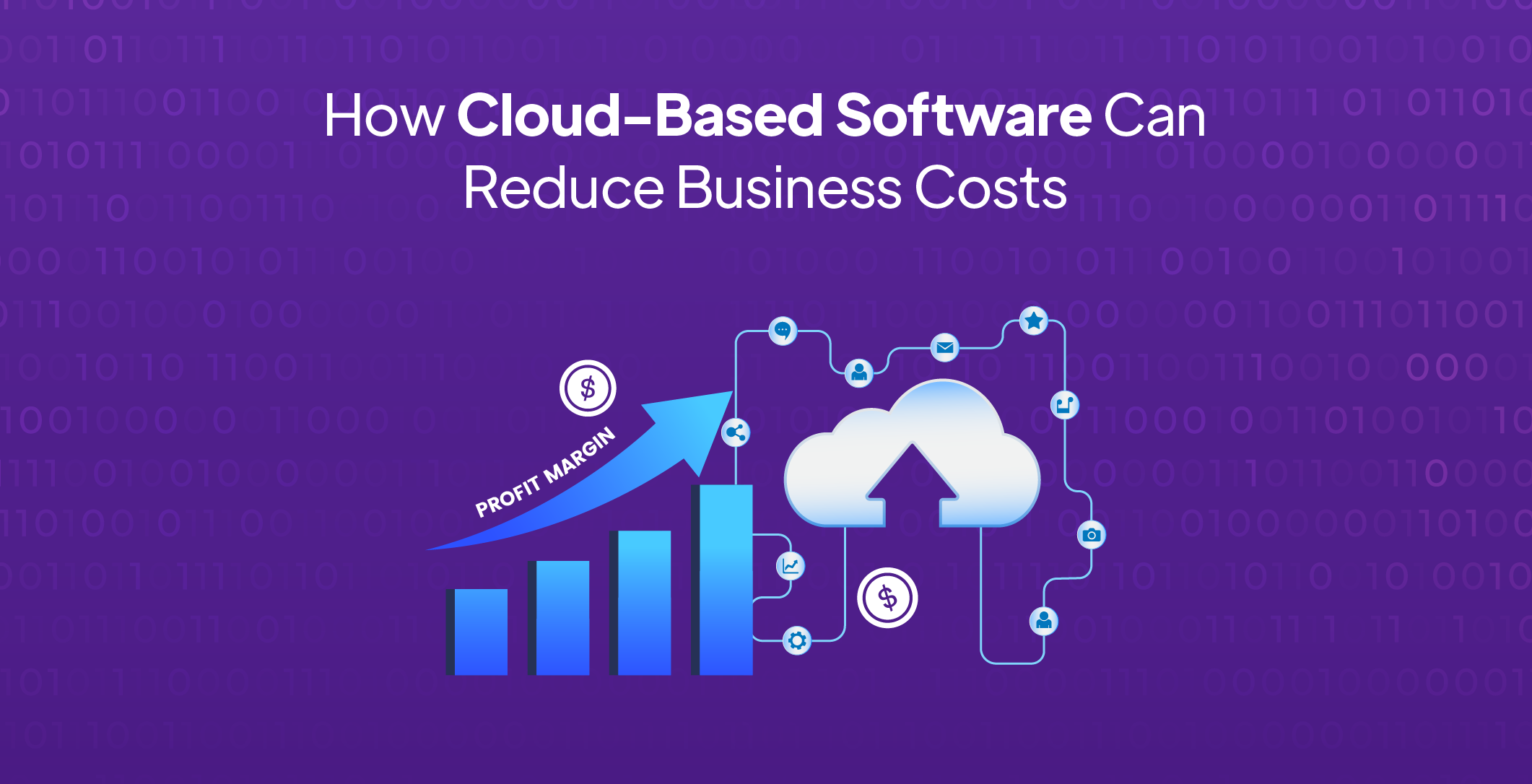In the healthcare industry, a well-designed and optimized website is not just an online presence; it’s an essential tool for patient engagement, service delivery, and brand credibility. For healthcare providers, the challenges and opportunities of website development are unique.
It goes beyond design aesthetics—it requires a blend of compliance with regulations, seamless user experience, robust security, and scalability. As healthcare providers move toward digital transformation, adopting the right website development strategies can significantly improve patient satisfaction, operational efficiency, and compliance adherence.
Here are some proven strategies for developing a website that can not only enhance patient experience but also empower healthcare providers to stay ahead of the competition.
Emphasizing Patient-Centered Design
Healthcare websites should focus on patient-centric design, ensuring that the user experience (UX) addresses the unique needs of patients. This goes beyond simple aesthetics and focuses on accessibility, usability, and navigation.
- Mobile-First Design: More patients access healthcare information via mobile devices than ever before. Ensuring your website is mobile-responsive is critical. A mobile-first approach guarantees that your website functions seamlessly across various devices, enhancing accessibility for patients in all stages of care, whether it’s booking an appointment, viewing test results, or seeking information.
- Simple and Clear Navigation: Healthcare websites often contain a wealth of information. However, too much content can overwhelm users. A well-structured site with intuitive navigation and clearly labeled sections (e.g., services, contact information, FAQs) makes it easier for patients to find the information they need quickly, enhancing their overall experience.
- Patient Portal Integration: Modern healthcare websites should integrate secure patient portals where individuals can manage appointments, request prescriptions, access lab results, and communicate with healthcare professionals. This integration streamlines administrative workflows while improving patient engagement.
Incorporating Robust Security Features
Given the sensitive nature of healthcare data, one of the most critical aspects of healthcare website development is security. Ensuring the privacy and security of patient data should be a top priority.
- HIPAA Compliance: All healthcare websites must adhere to HIPAA (Health Insurance Portability and Accountability Act) regulations. This includes data encryption, secure login protocols, and audit trails for all user interactions. Using encryption methods such as HTTPS, SSL certificates, and end-to-end encryption for communications is non-negotiable.
- Two-Factor Authentication: To further bolster security, two-factor authentication (2FA) for patient portals and internal healthcare provider login systems adds another layer of protection against unauthorized access.
- Frequent Security Audits: Regular vulnerability assessments and penetration testing can identify potential security weaknesses in the website’s infrastructure. By integrating continuous monitoring and adopting proactive security measures, healthcare providers can mitigate the risk of data breaches.
Optimizing for SEO and Content Strategy
A well-developed website should also be easy to find. In today’s digital world, search engine optimization (SEO) plays a vital role in attracting organic traffic. Healthcare providers need to implement strategies that boost their visibility on search engines.
- Keyword-Rich Content: Using industry-specific keywords such as “healthcare website design,” “patient engagement,” “telemedicine solutions,” and “HIPAA compliant healthcare websites” strategically throughout the content will help improve rankings on search engines.
- Local SEO is crucial for healthcare businesses, particularly for those serving specific geographic regions. Adding location-based keywords (e.g., “healthcare services in [City]”) can help increase visibility among local patients.
- High-Quality, Relevant Content: A blog that provides valuable insights into healthcare topics, such as treatment options, wellness tips, or new medical technologies, can help attract and retain visitors. Regularly publishing authoritative, informative content will position healthcare providers as experts in the field.
Implementing Telemedicine Capabilities
As the healthcare industry evolves, telemedicine has become an essential service for many patients. Websites need to seamlessly integrate telemedicine functionalities to allow virtual consultations, appointments, and medical advice.
- Real-Time Video Integration: Embedding secure video conferencing tools into the website, integrated with patient portals, ensures that virtual consultations are smooth and user-friendly. Telehealth solutions like Zoom for Healthcare or Microsoft Teams for Healthcare, integrated directly into the website, can enhance this experience.
- Appointment Scheduling System: An intuitive online scheduling system that supports telemedicine appointments as well as in-person visits is essential. This system should be integrated with the backend, allowing healthcare professionals to manage appointments more efficiently.
- Post-Consultation Resources: After virtual consultations, healthcare providers can offer patients access to post-consultation resources, treatment plans, prescriptions, or follow-up reminders through the website or patient portal.
Ensuring Compliance with Accessibility Guidelines
It’s crucial for healthcare websites to adhere to accessibility standards such as WCAG (Web Content Accessibility Guidelines). This ensures that individuals with disabilities can navigate the site and access services with ease.
- Text-to-Speech and Voice Navigation: For patients with visual impairments, enabling text-to-speech functionality and voice-controlled navigation improves website accessibility. These features can be embedded to provide an inclusive user experience.
- Readable Fonts and Color Contrast: Choosing legible fonts, providing clear color contrast, and offering alternative text for images helps patients with different disabilities access the website efficiently.
- Keyboard Navigation Support: Ensuring that the website is fully navigable via keyboard for users with mobility impairments is a key accessibility feature.
Leveraging Data Analytics and Personalization
Data analytics tools can provide invaluable insights into patient behavior, preferences, and engagement patterns. By leveraging this data, healthcare providers can enhance their services and personalize user experiences.
- Patient Segmentation: Data analytics allows healthcare providers to segment patients based on various factors, such as demographics, health conditions, or appointment history. This segmentation enables providers to deliver targeted content and services, enhancing patient satisfaction.
- Personalized Patient Experiences: Personalized healthcare websites use data to offer tailored experiences. For instance, showing patients health articles, promotions, or services based on their previous interactions can drive higher engagement rates and improve retention.
- Real-Time Analytics: Integrating tools like Google Analytics and healthcare-specific platforms can provide real-time insights into how users interact with the website. This helps identify any friction points in user journeys and allows for timely improvements to boost conversion rates.
Integrating Healthcare APIs and Third-Party Systems
Healthcare websites often need to integrate with other healthcare systems like Electronic Health Records (EHR), Laboratory Information Systems (LIS), or insurance databases. Leveraging APIs for smooth data exchange is critical.
- EHR Integration: Integrating Electronic Health Records (EHR) ensures that patient data is readily available to both healthcare providers and patients. APIs allow seamless exchange of medical data between systems, streamlining workflows and reducing errors.
- Insurance Verification Systems: Real-time integration with insurance databases allows healthcare providers to verify patient insurance information directly through their website. This process can expedite appointment bookings, prescriptions, and claim management.
- Payment Gateways: Payment gateways integrated into healthcare websites allow patients to pay for services online securely. This reduces administrative overhead and provides a smooth transaction process for patients.
Conclusion
Developing a healthcare website is a complex task that involves many moving parts. However, when executed strategically, it can significantly enhance patient care, improve operational efficiency, and create a competitive advantage for healthcare providers. As technology continues to evolve, healthcare providers must remain adaptable, ensuring that their digital infrastructure evolves to meet the changing needs of their patients and business goals. At Zerozilla, we specialize in building scalable, secure, and patient-centered websites for the healthcare industry. Contact us to learn how we can help you transform your healthcare digital strategy.



